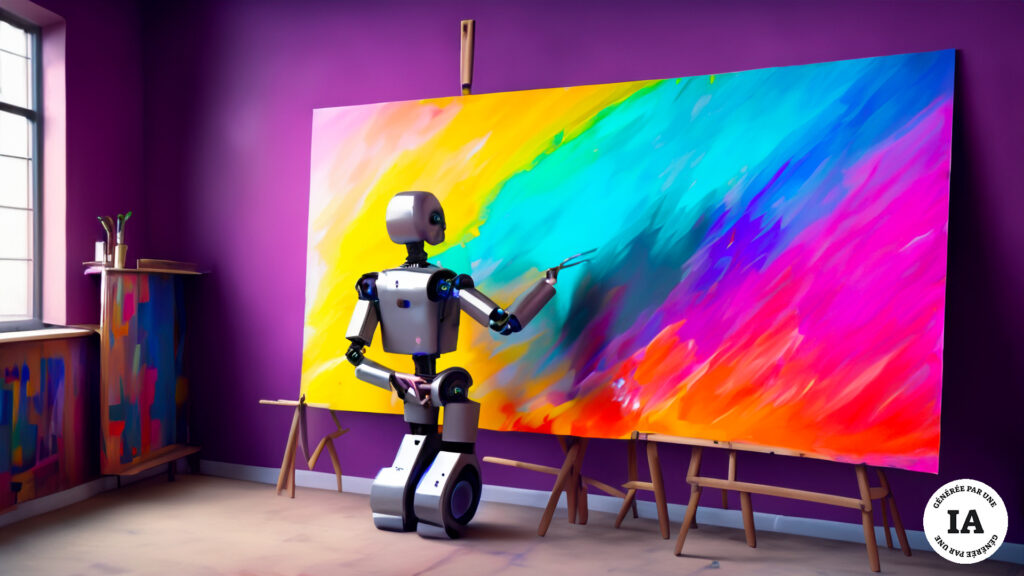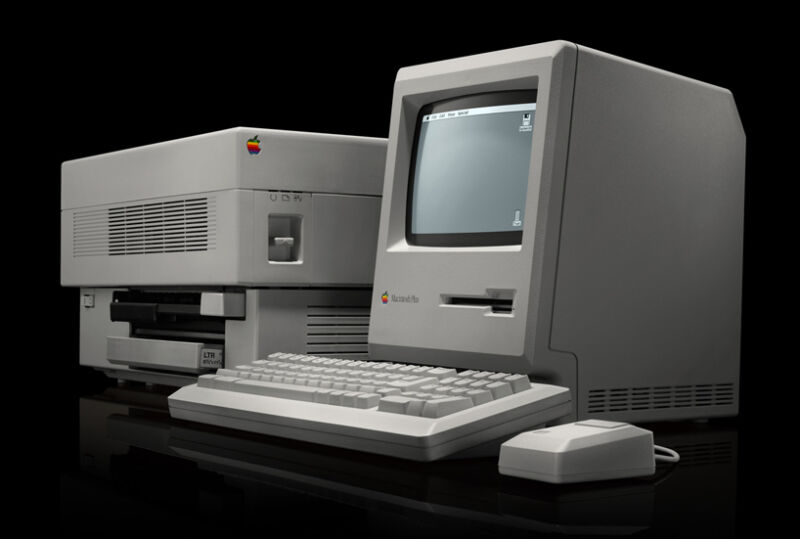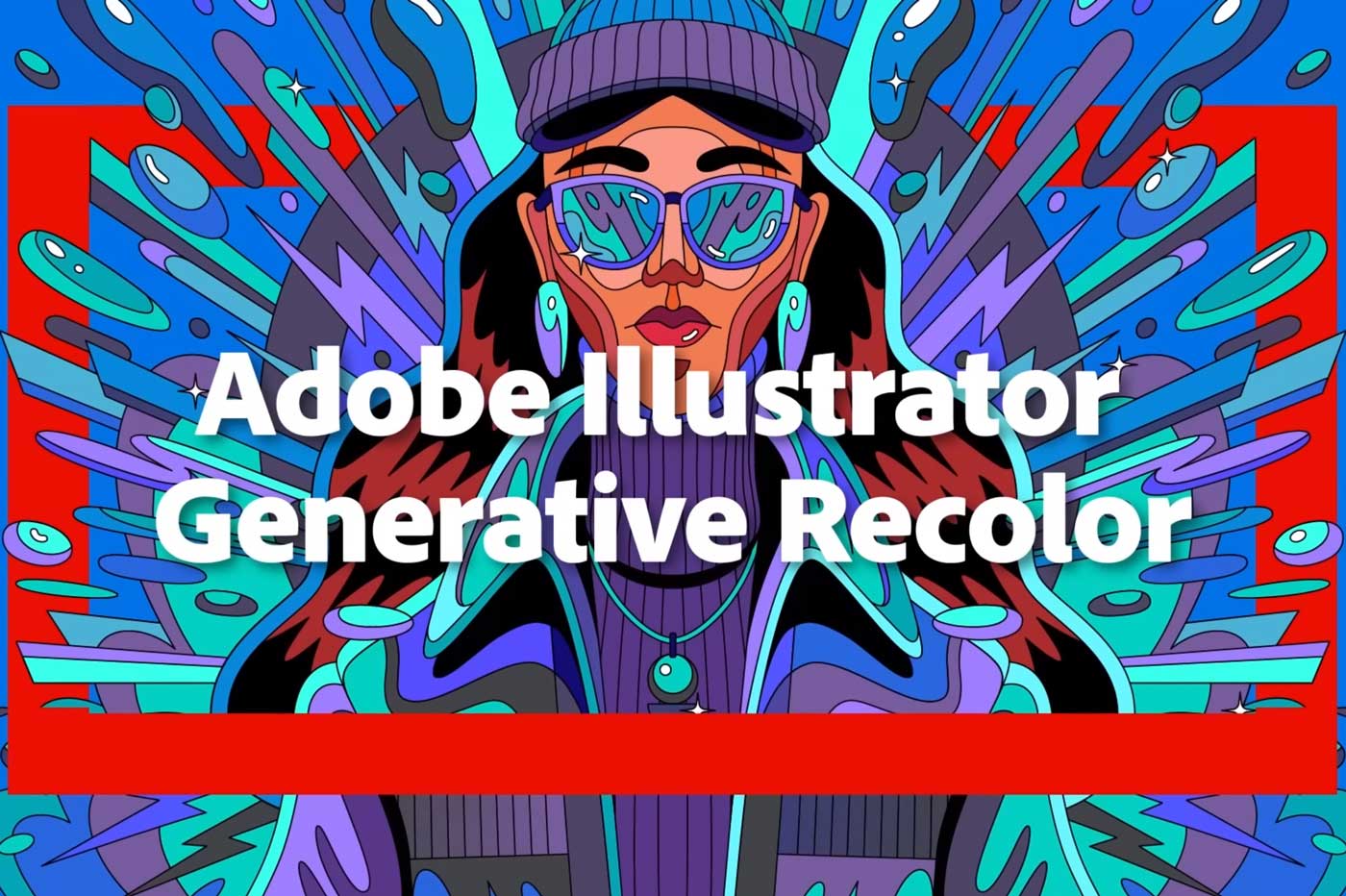-
 chevron_right
chevron_right
Adobe launches new symbol to tag AI-generated content—but will anyone use it?
news.movim.eu / ArsTechnica · Wednesday, 11 October, 2023 - 20:29 · 1 minute

Enlarge / The Content Credentials "CR" logo presented in front of an AI-generated image provided by Adobe. (credit: Adobe)
On Tuesday, Adobe announced a new symbol designed to indicate when content has been generated or altered using AI tools, reports The Verge , as well as verifying the provenance of non-AI media. The symbol, created in collaboration with other industry players as part of the Coalition for Content Provenance and Authenticity (C2PA), aims to bring transparency to media creation and reduce the impact of misinformation or deepfakes online. Whether it will actually do so in practice is uncertain.
The Content Credentials symbol, which looks like a lowercase "CR" in a curved bubble with a right angle in the lower-right corner, reflects the presence of metadata stored in a PDF, photo, or video file that includes information about the content's origin and the tools (both AI and conventional) used in its creation. The information is automatically added by supporting digital cameras and AI image generator Adobe Firefly , or it can be inserted by Photoshop and Premiere. It will also soon be supported by Bing Image Creator.
If credentialed media is presented in a compatible app or using a JavaScript wrapper on the web, users click the "CR" icon in the upper-right corner to view a drop-down menu containing image information. Or they can upload a file to a special website to read the metadata.










